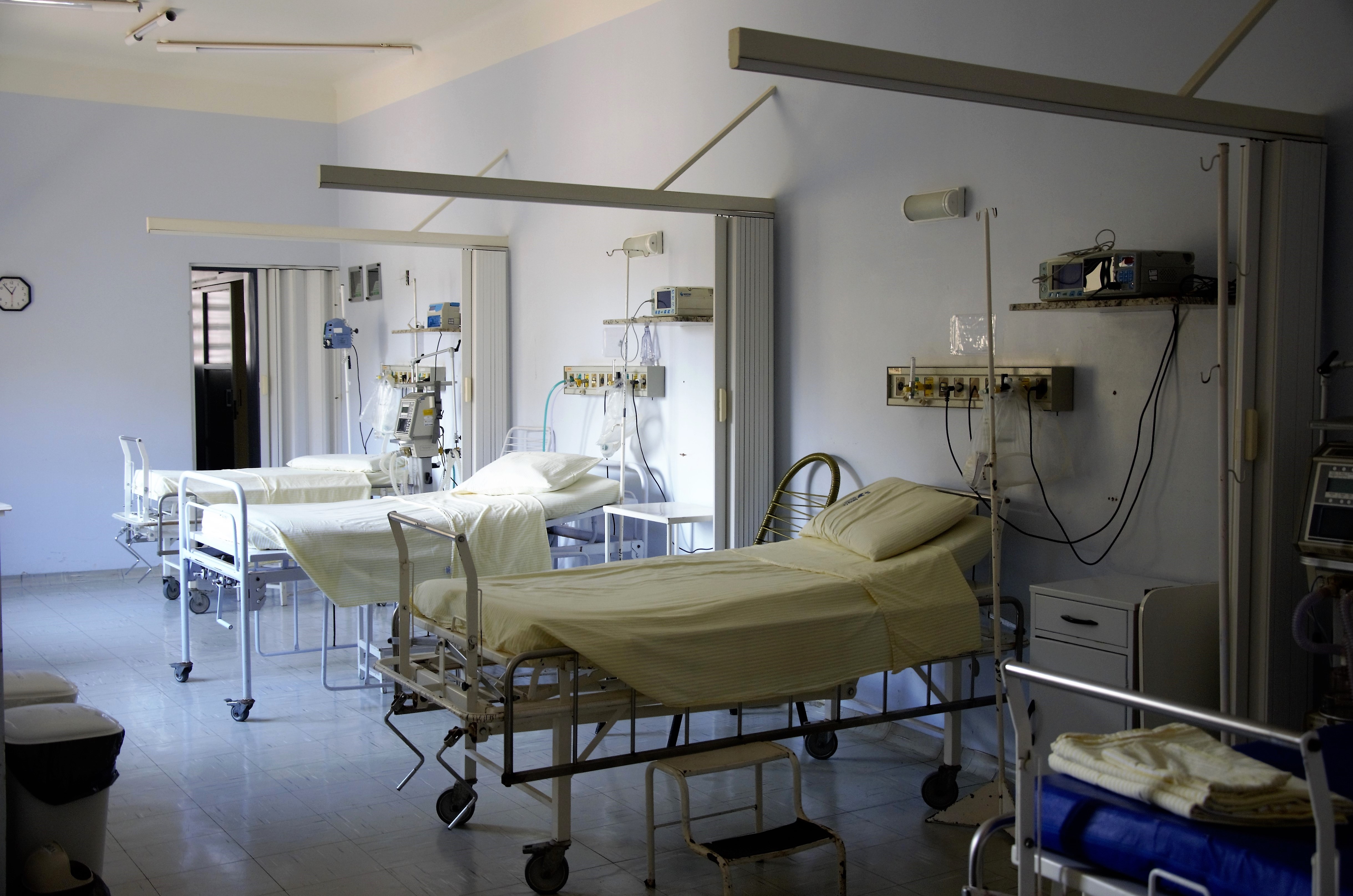Cleaning and sanitizing a hospital is a serious job. From sanitizing and disinfecting every surface, to mopping and dusting neglected areas, cleaning a patient’s room is critically important to fighting the spread of bacteria and disease.
For more information about hospital patient room cleaning procedures, and different ways to incorporate these methodologies in everyday life, use these takeaways from the odor eliminating experts at Fresh Wave IAQ.
General Concepts in Hospital Room Cleaning Procedures
When cleaning anything, it’s important to note that “cleaning” has many more meanings than wiping down surfaces with soap and water. Understanding the different levels of cleaning, particularly the various steps of hospital room cleaning procedures, can help create more informed cleaning regimens in work facilities and homes.
Sanitizing, for example, is a chemical process that reduces germs on a surface. Unlike disinfecting, sanitizing plays an important role in the immediate removal of germs in hospital patient room cleaning procedures and is an effective way to quickly clean surfaces.
Disinfecting, on the other hand, kills germs and is an effective way to clean surfaces that may have come into contact with fecal matter or bodily fluids such as surfaces in bathrooms, grab bars, countertops, and tables used for food preparation. It’s important to note that before a surface can be effectively disinfected, the surface must be sanitized.
Additionally, many healthcare cleaning crews perform high-dusting as part of their hospital patient room cleaning procedures to eradicate any bacteria that may be living in hard to reach places. High-dusting is the practice of dusting vents, ducts, ceiling fans, light fixtures, or anything that is approximately 16 feet or higher. All of these cleaning concepts, from dusting to disinfecting, are an important part in stopping the spread of germs and disease.
Targeting Areas of High Touch in Patient’s Rooms
One of the most important aspects of hospital patient room cleaning procedures is disinfecting and cleaning areas considered “high touch.” Because hospital rooms experience such high traffic, regularly sanitizing high-touch areas can be a great way to mitigate health risks due to the large number of people coming in and out of a patient’s room every day.
Sanitizing high touch areas may seem obvious, but some of the locations that are considered high-touch may be surprising. Objects like bed rails, nurse call boxes, the telephone, bedside tables, door handles, light switches, and even computer keyboards come into contact with multiple hands and fingertips every day.
Typically, areas considered high touch undergo a rigorous sanitation and disinfection process during daily cleaning procedures and during terminal cleaning, which is the cleaning procedure patient rooms undergo when one patient leaves and the room is prepped for the arrival of a new individual.
Working from Dirtiest to Cleanest Areas
Just as it’s important to disinfect and sanitize high touch areas, it’s also important to work in a way that prevents contamination during the hospital patient room cleaning process. Many hospital cleaning teams follow room zoning and room cleaning paths, working from the dirtiest areas in the room to the cleanest.
Hospital room zones are determined by the area with the most potential for contamination. Areas of direct contact to the patient, such as the hospital bed, are classified as “hot zones” or the area in the room with the highest potential for contamination. Hospital room cleaning procedure best practices recommend cleaning the patient’s bed first; wiping down arm rails, the foot of the bed, the call box and the phone with a rag.
Moving outward from the hot zone, it is recommended hospital cleaning staff move to the surfaces and equipment touched during patient care, working clockwise around the room. Disinfect surfaces like ledges, door handles, light switches, soiled linen hamper lids, and in-patient facilities like sinks and soap dispensers, cleaning these items with a fresh cloth. Complete the cleaning process in the bathroom and clean the toilet last for most effective cleaning.
Deodorizing After Disinfecting & Cleaning
Many hospitals and healthcare facilities incorporate odor control into patient rooms and communal space cleaning procedures to create a pleasing environment for staff, patients, and visiting family. Studies suggest that odor management and aromatherapy can provide individuals with anxiety and depression relief, improve sleep, and even reduce pain.
As experts working in the odor management space, Fresh Wave IAQ has provided odor solutions for commercial facilities across many industries. From hospitality to healthcare, all of Fresh Wave IAQs odor solution products are non-toxic, effective, and naturally derived. Fight odors in hospital laundry facilities with Fresh Wave IAQ Laundry Additive, or supplement hospital room cleaning procedures with air and surface sprays.
Fresh Wave IAQ is the perfect addition to any commercial cleaning process. To find the right solution for your facility, contact the team for more information about odor solution products and the benefits of commercial odor control.




